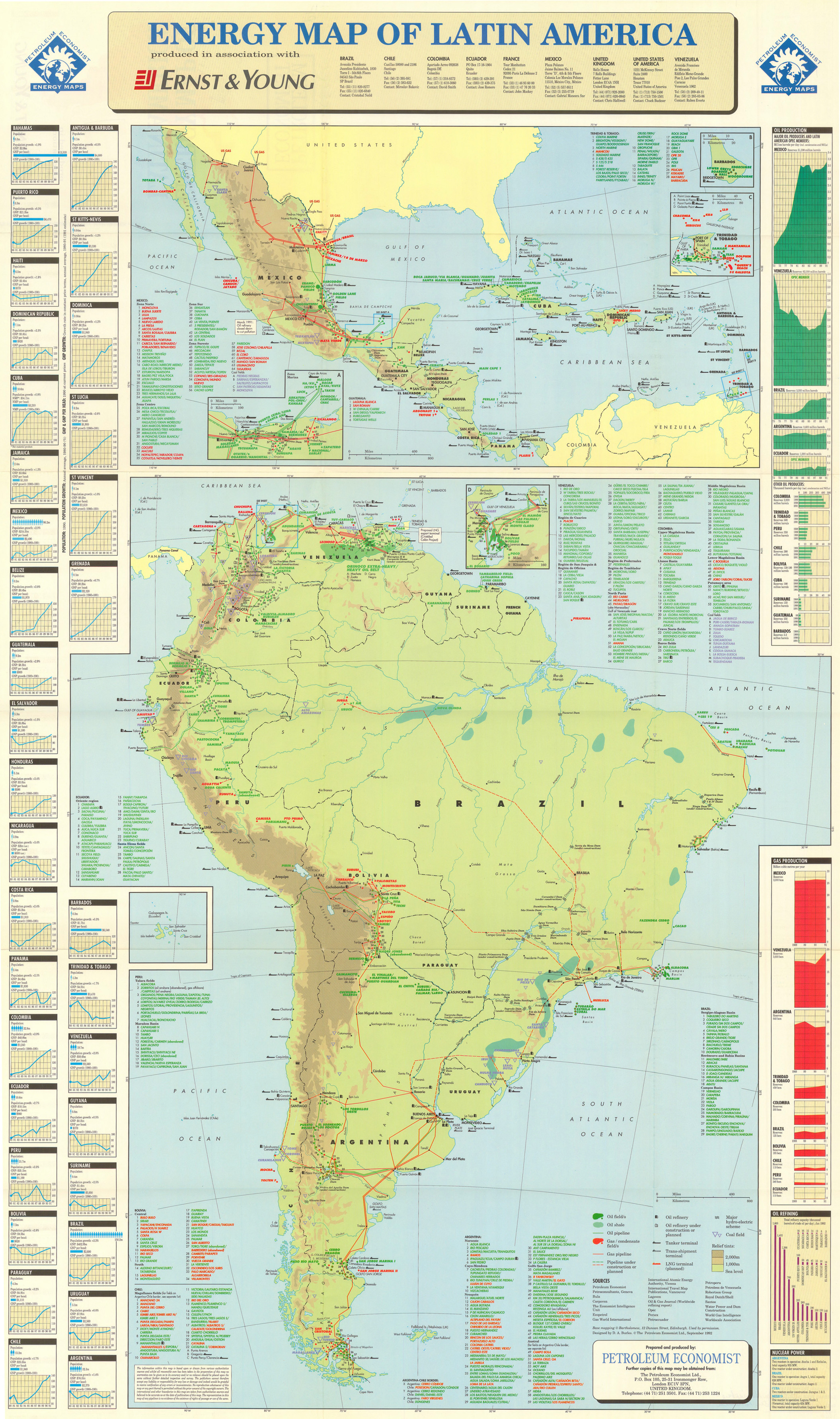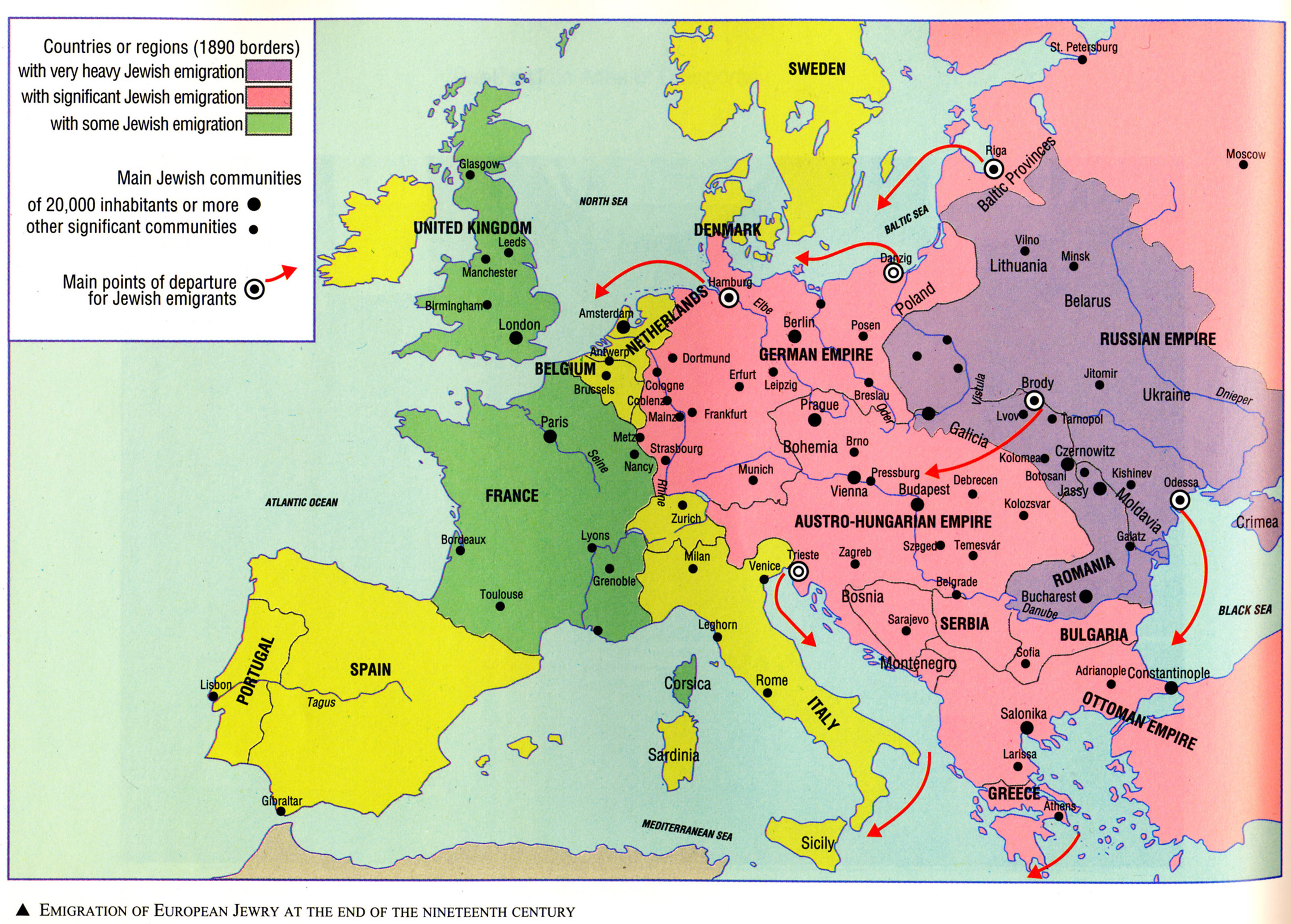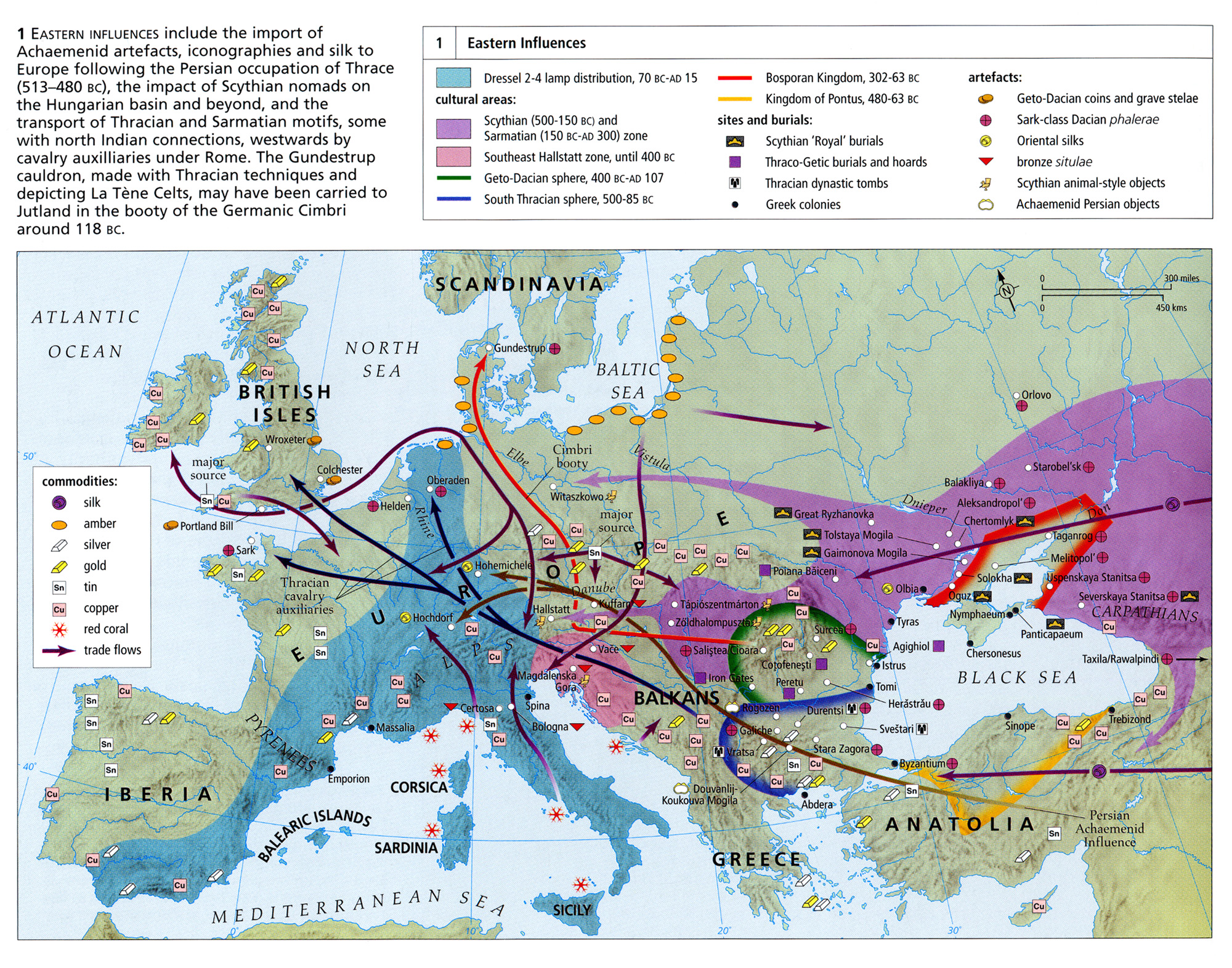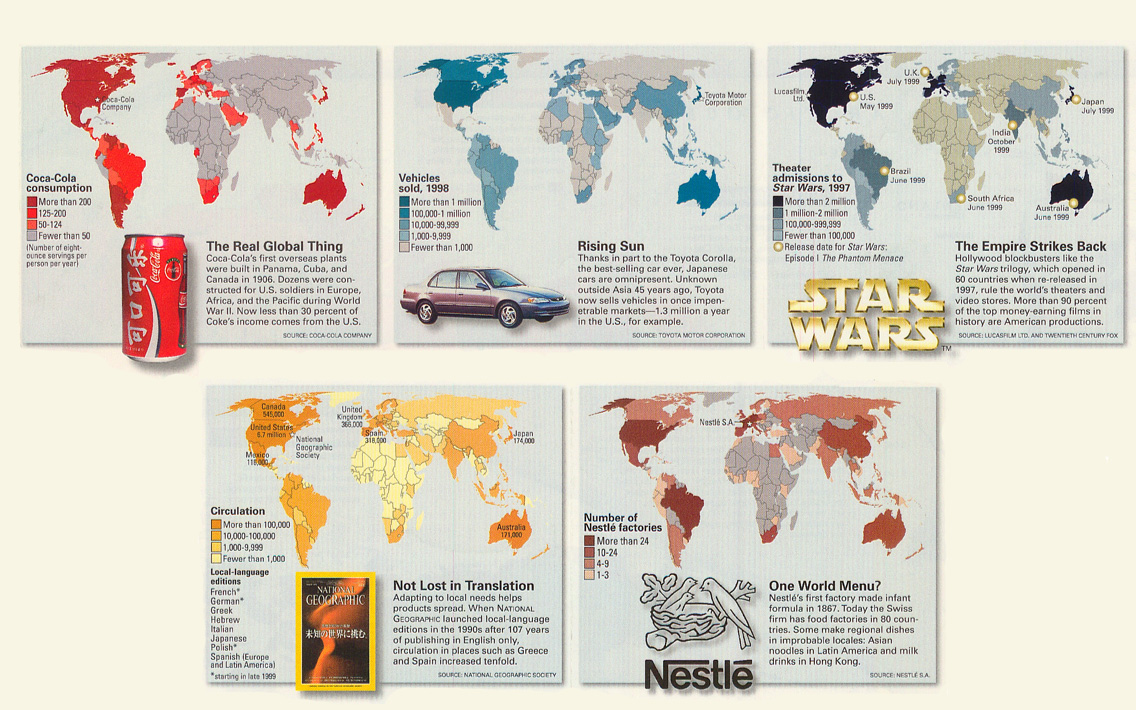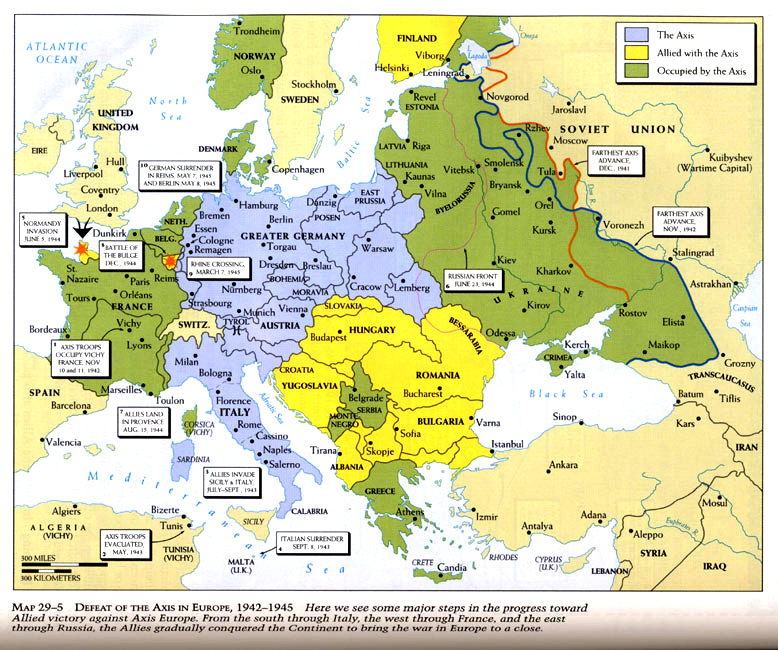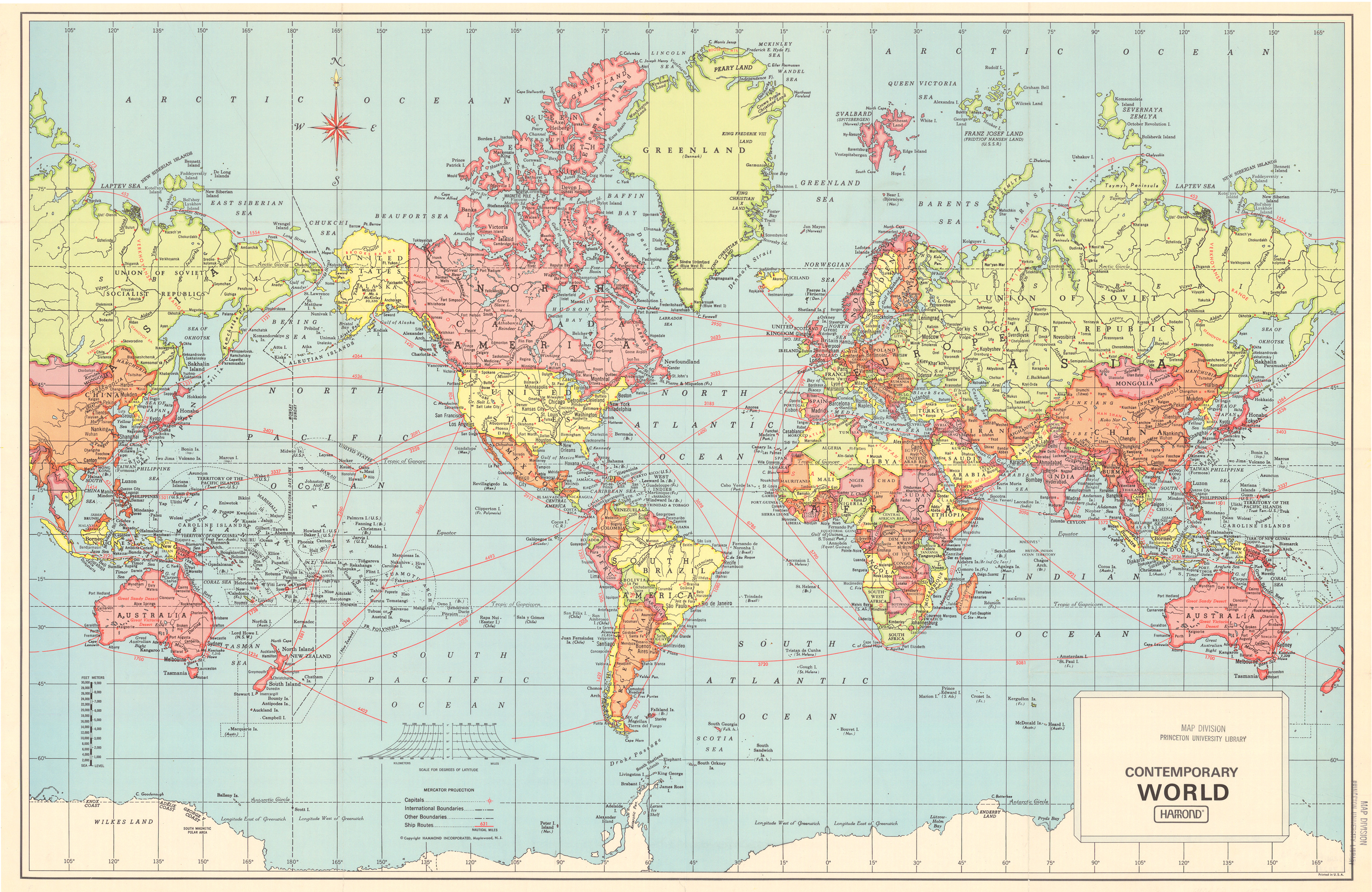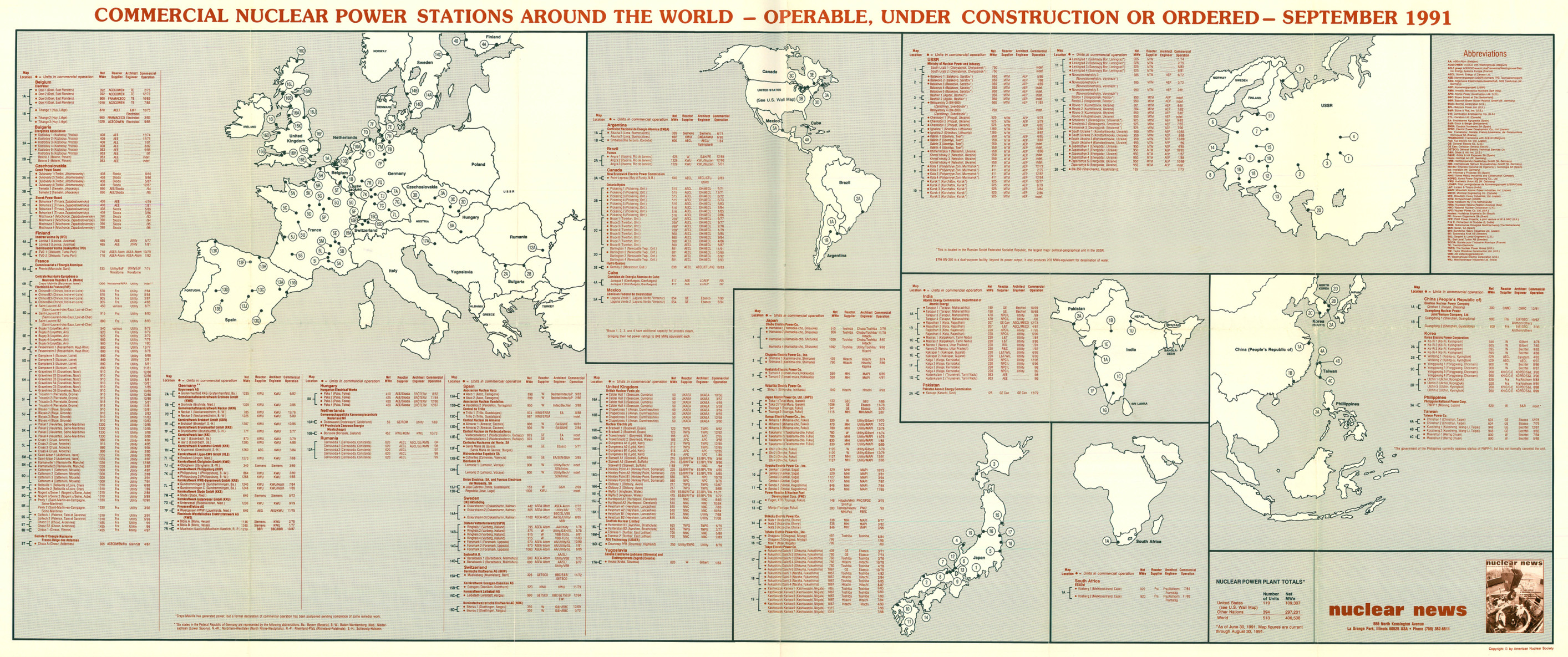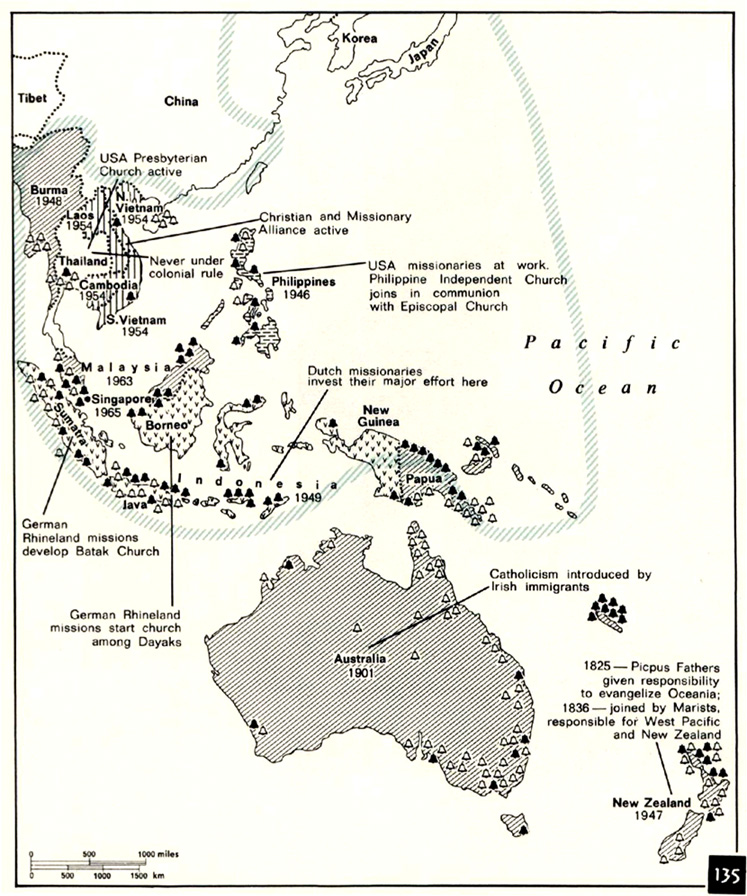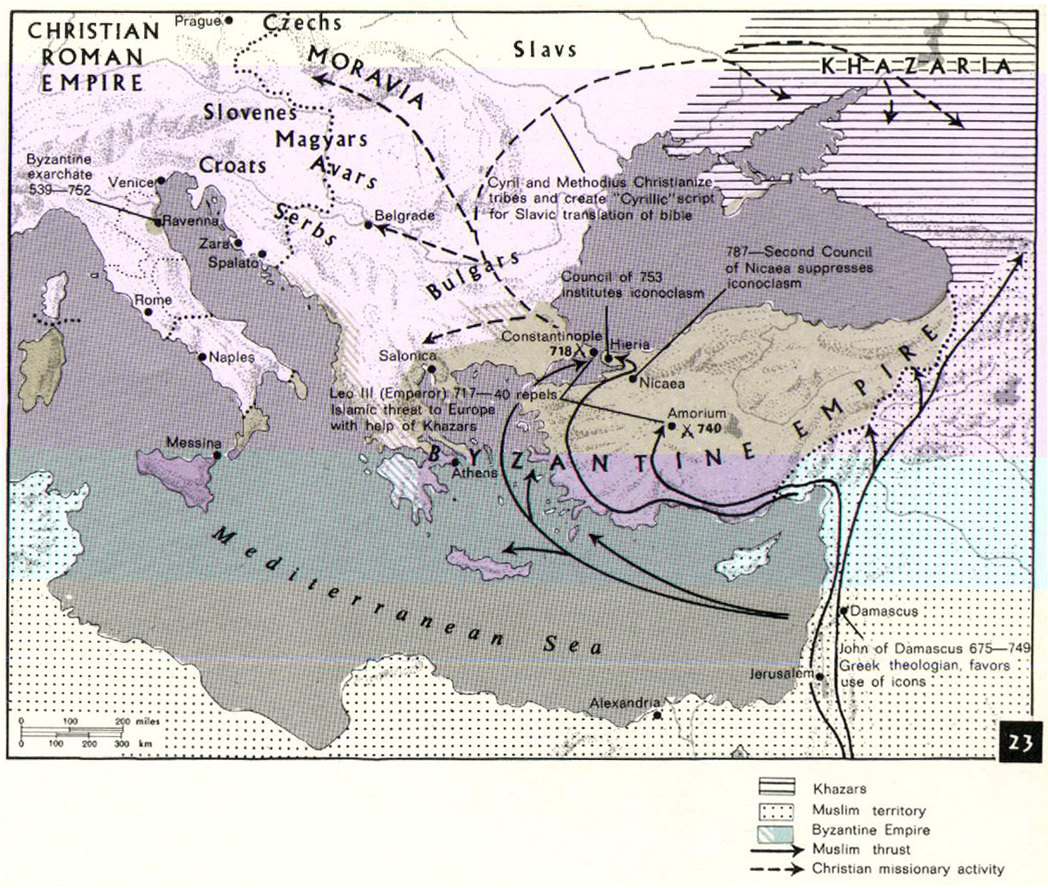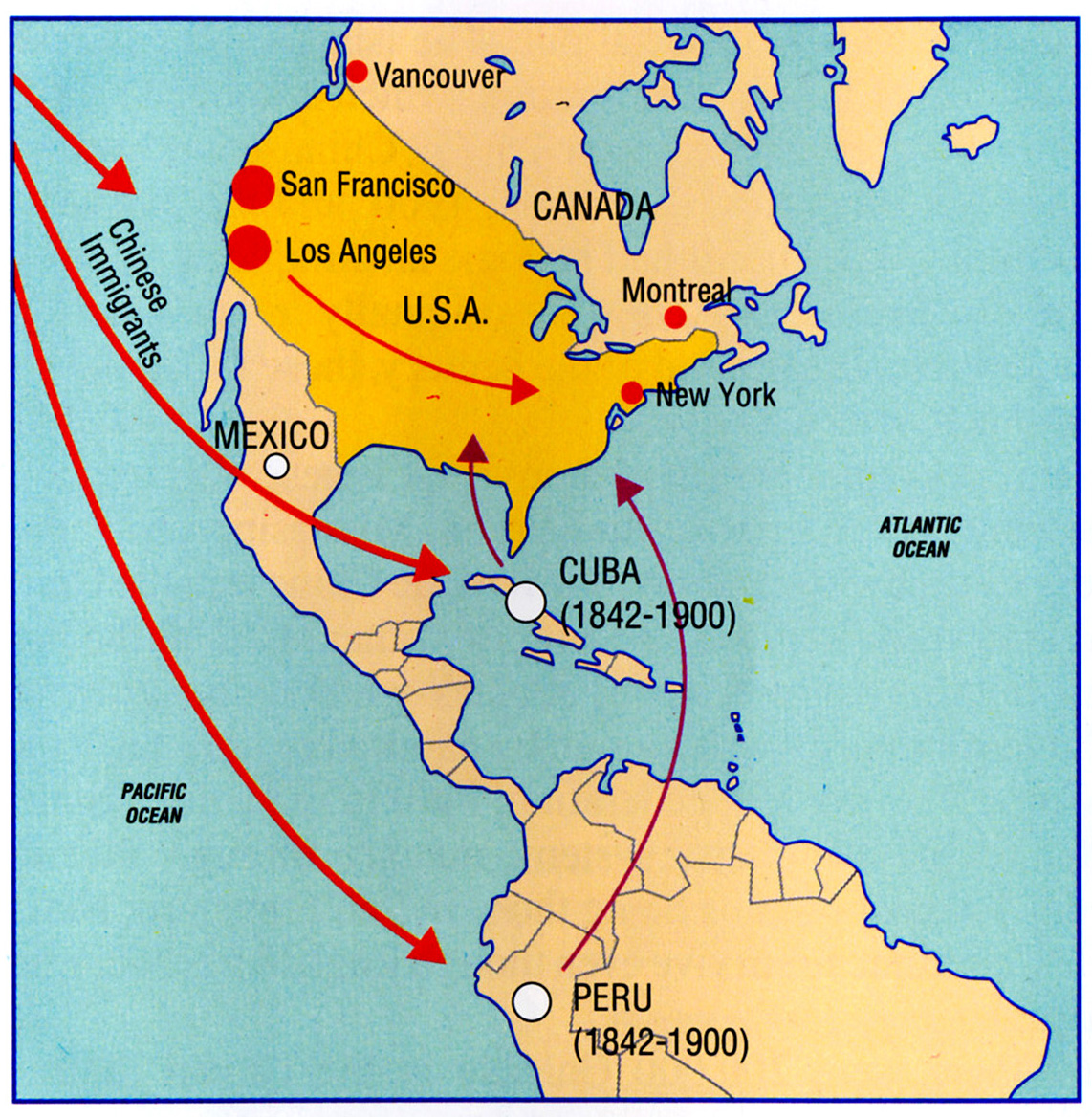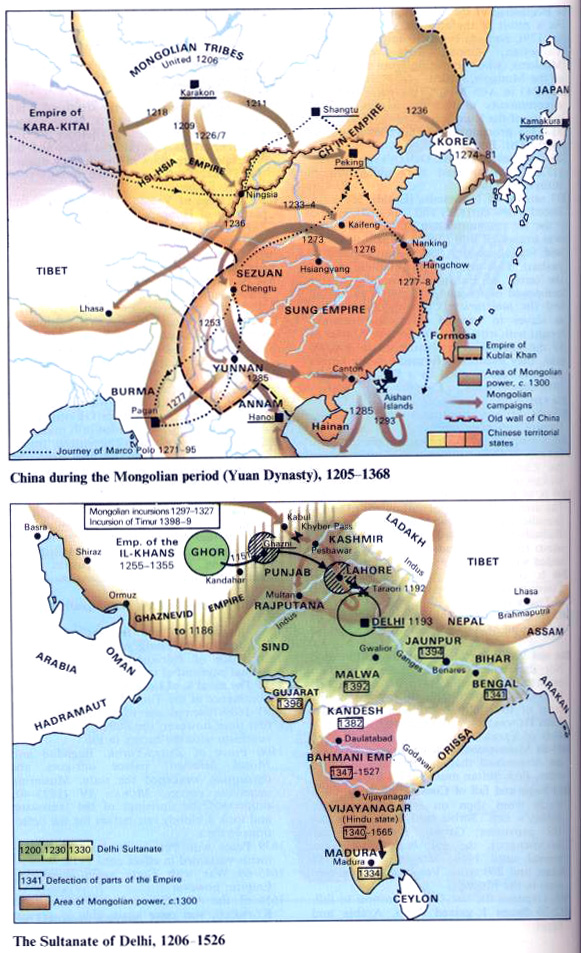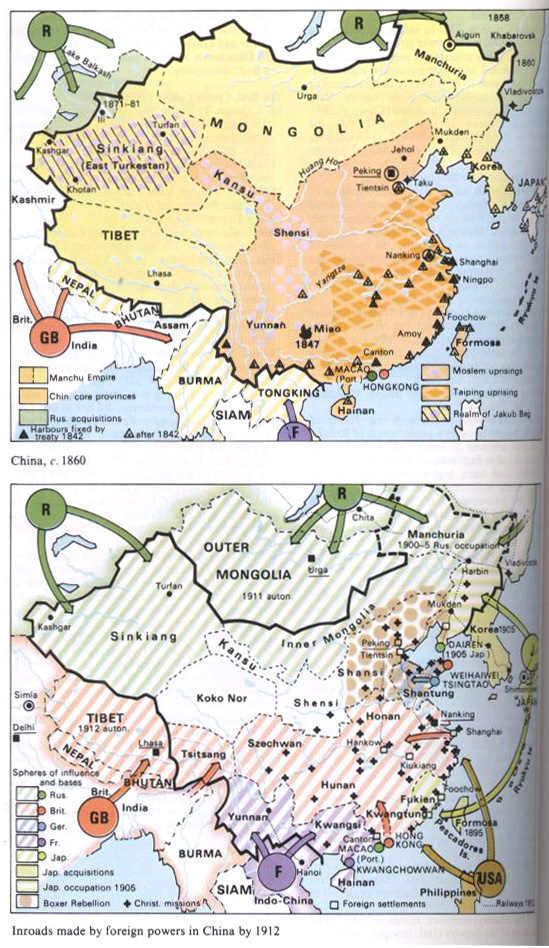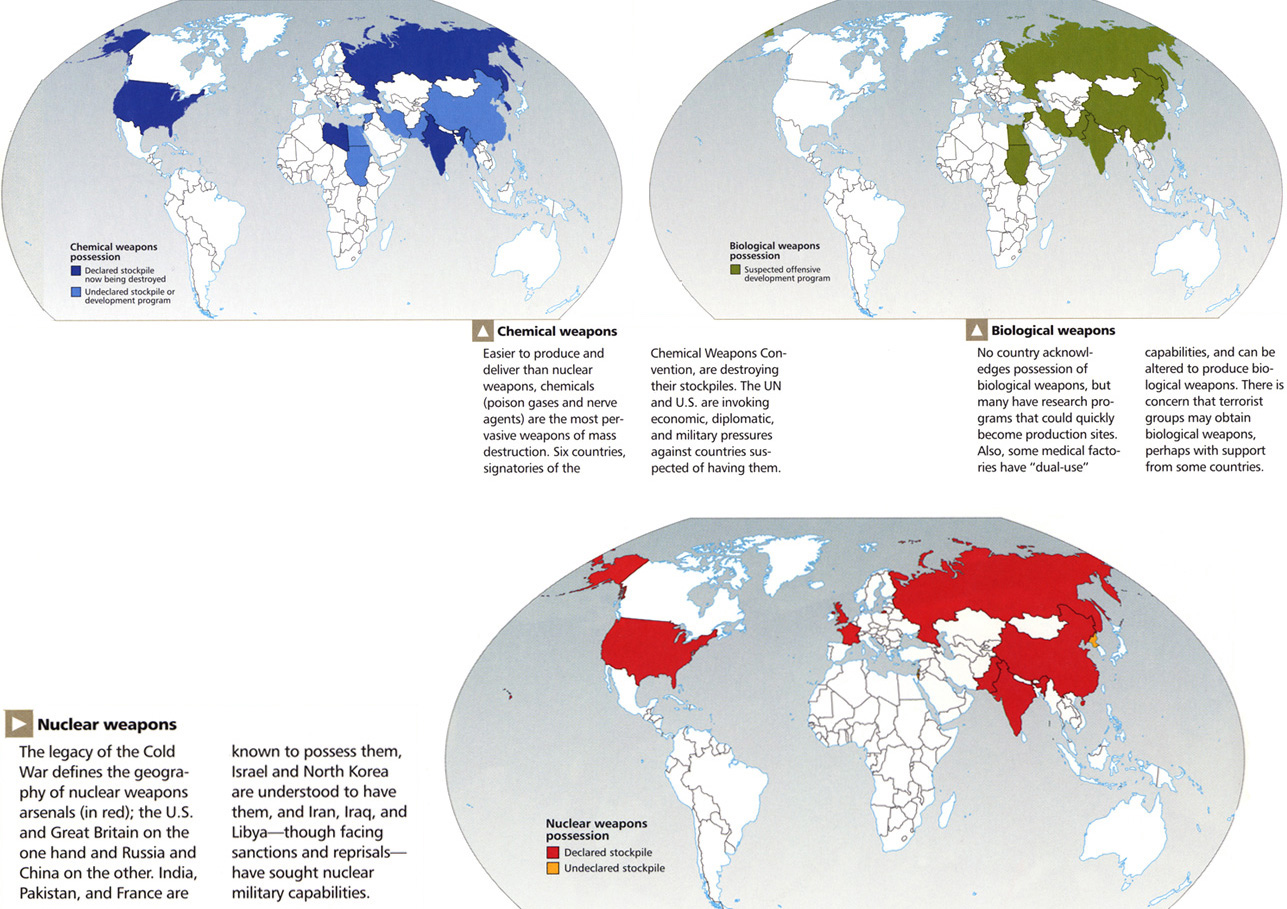Caption
Energy Map of Latin America – Petroleum Economist Energy Maps
Summary
World map shows oil and gas resources for each country in Latin America, providing lists with names of oil and gas fields and pipelines.
Legend at the bottom indicates for both maps:
- Oil Field (green-colored areas)
- Oil Shale (light green-colored areas)
- Oil Pipelines (green line)
- Gas/condensate field/s (red-colored areas)
- Gas Pipeline (red line)
- Pipeline under construction or planned (red/green intermittent line)
- Symbols for:
- Oil refinery
- Oil refinery under construction or planned
- Tanker terminal
- Trans-shipment terminal
- LNG terminal (planned)
- Major hydro-electric scheme
- Coal Field
- Relief tints (2,000 m-1,000 m above sea level, sea level)
Country inset panels on the left provide information about population, Gross National Product, and GNP per capita, and a graph of Gross National Product growth between 1980-1991.
Inset panels on the right include data (of countries for which information is available) on: oil production, gas production, oil refining, and nuclear power.
Source
Petroleum Economist Energy Maps. Produced in association with Ernst & Young Brazil, Chile, Colombia, Ecuador, France, Mexico, United Kingdom, United States of America, Venezuela.
Designed by D.A. Burles.
- Other sources:
- Petroconsultants, Geneva
- Bula
- Corpoven
- The Economist Intelligence Unit
- Ecopetrol
- Gas World International
- International Atomic Energy Authority, Vienna
- International Travel Map Publications, Vancouver
- Langoven
- Oil & Gas Journal (Worldwide refining report)
- Opec
- Pemex
- Petroecuador
- Petroperu
- Petroleos de Venezuela
- Robertson Group
- Royal Dutch/Shell
- Santos
- Water Power and Dam Construction
- World Gas Intelligence
- Worldscale Association
This map is in the collection of copyrighted maps of the Geosciences and Map Library, Fine Hall (B level), Princeton University.
Call number: LF G3292.L3N3.1992.P4
Copyright
© The Petroleum Economist Ltd., London, United Kingdom, September 1992.
Base mapping © Bartholomew, 12 Duncan Street, Edinburgh.
Series
This map is one in a series:
- Image:MG©Energy Map of the World, 1993.djvu
- Image:MG©Energy Map of Latin America, 1992.djvu

